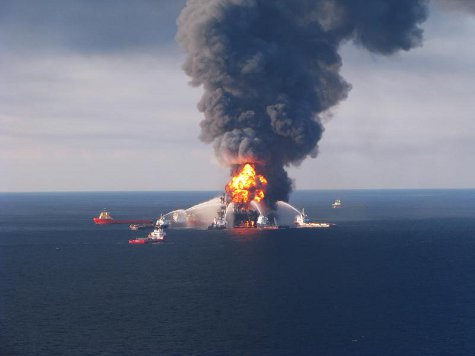
Today the US DOJ announced via a press release on its website that a former BP engineer was being arrested and charged with two counts of obstruction of justice. The charges stem from the intentional deletion of text messages relating to details of the BP spill response:
According to court documents, Mix was a drilling and completions project engineer for BP. Following the blowout, Mix worked on internal BP efforts to estimate the amount of oil leaking from the well and was involved in various efforts to stop the leak. Those efforts included, among others, Top Kill, the failed BP effort to pump heavy mud into the blown out wellhead to try to stop the oil flow. BP sent numerous notices to Mix requiring him to retain all information concerning Macondo, including his text messages.
On or about Oct. 4, 2010, after Mix learned that his electronic files were to be collected by a vendor working for BP’s lawyers, Mix allegedly deleted on his iPhone a text string containing more than 200 text messages with a BP supervisor. The deleted texts, some of which were recovered forensically, included sensitive internal BP information collected in real-time as the Top Kill operation was occurring, which indicated that Top Kill was failing. Court documents allege that, among other things, Mix deleted a text he had sent on the evening of May 26, 2010, at the end of the first day of Top Kill. In the text, Mix stated, among other things, “Too much flowrate – over 15,000.” Before Top Kill commenced, Mix and other engineers had concluded internally that Top Kill was unlikely to succeed if the flow rate was greater than 15,000 barrels of oil per day (BOPD). At the time, BP’s public estimate of the flow rate was 5,000 BOPD – three times lower than the minimum flow rate indicated in Mix’s text.
The press is ostensibly about the prosecution of Mix, but also seems to be hinting at a cover-up by BP in two ways. First, it claims that Mix knew “top kill” was failing and, second, that he knew the actual flow rate was triple the official BP estimate. At first glance this looks fairly damning. However, the DOJ press release has left out a few facts which suggest that, if there was a cover up, it was fairly short lived.
The BP “top kill” effort began on May 26th, with many watching it live on TV or on the web. The next morning government and BP sources seemed to be positive about its chances, but by late afternoon BP admitted that the effort had been called off at 11pm the previous night and that “top kill” was “not succeeding.” After two more days of attempts to plug the flow of oil, BP announced on Saturday May 29th that “top kill” was a failure.
As for the flow rate of oil in the gulf, this too would have been a very brief secret. The DOJ press release says Mix pegged the flow at over 15,000 BPD on Wednesday night. The next morning, the Department of Interior released a report indicating the flow rate was between 12,000 and 19,000 BPD. This was widely reported, including by the Wall Street Journal and the NY Times.
None of that means that Mix is innocent of attempting to cover up facts he may have believed would embarrass or harm his employer. However, the facts he allegedly attempted to cover up (at least the ones mentioned in this press release) were reported in major newspapers the next day. As cover-ups go, this doesn’t appear to have been a very effective or significant one.

COMMENTS
Please let us know if you're having issues with commenting.